The University of Havana, known by all Cubans as Colina Universitaria, is about to turn 300 years old. Today I am going to take you with me on a short tour of its main campus.
While I was waiting with my family and classmates for the closing of an event in which we recently participated, I decided to take the images that accompany this text.
Despite its almost 3 centuries, it was not until 1902 that the University began to move its facilities to the Aróstegui hill, the place it occupies today. It took until 1940 to build the campus as we know it today. The other faculties and buildings managed by the institution are located outside the Hill, where less than half of the faculties are located.
Campus de la Universidad de la Habana
La Universidad de la Habana, conocida por todos los cubanos como Colina Universitaria está al cumplir 300 años. Hoy los voy a llevar conmigo a un pequeño recorrido por su campus principal. Mientras estaba esperando junto a mi familia y compañeros de curso la clausura de un evento en el que participamos recientemente, decidí tomar las imágenes que acompañan este texto. A pesar de sus casi 3 siglos, no fue hasta 1902 que la Universidad empieza el traslado de sus instalaciones para la colina de Aróstegui, lugar que hoy ocupa. Tardó hasta 1940 la construcción del campus como lo conocemos actualmente. Las demás facultades y edificios que gestiona la institución se encuentran fuera de la Colina, aquí solo radican menos de la mitad de la facultades.
The Aula Magna, completed in 1911, was the first building to be constructed for specific University purposes. It is a simple construction on the outside, but its interior is full of beautiful paintings and a lot of history. It is much loved by all of us who study and study here. Unfortunately it was closed.
El Aula Magna, terminada en el 1911, fue el primer edificio que se construyó para fines específicos de la Universidad. Es una construcción sencilla en su exterior, pero su interior está lleno de bellas pinturas y mucha historia. Es muy querida por todos los que estudiamos y estudian aquí. Lamentablemente estaba cerrada.
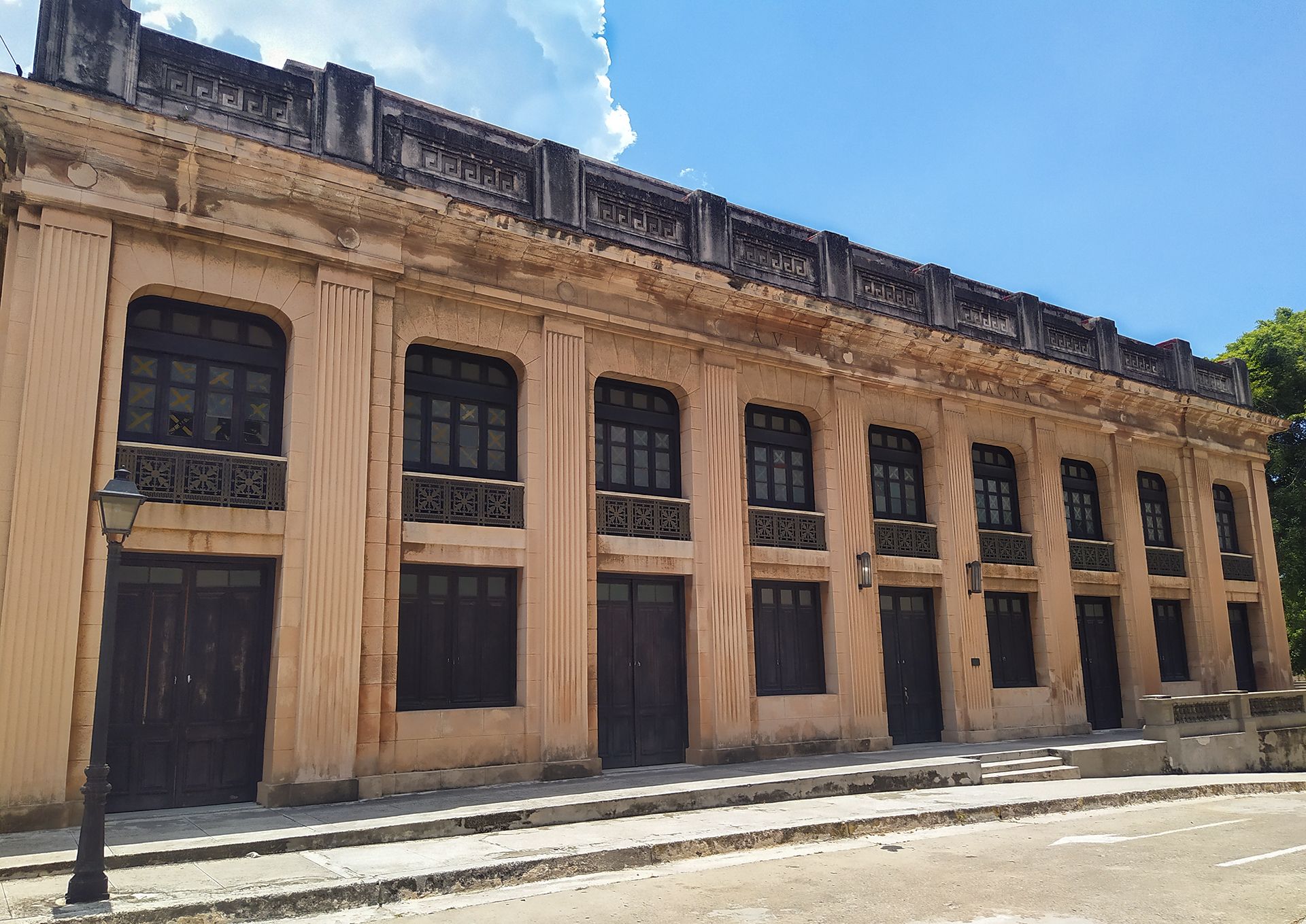
In the center of the campus we have the Plaza Cadena. Many still call it that, although Ignacio Agramonte is its current name. It is a very busy area during the school years.
En el centro del campus tenemos la plaza Cadena. Muchos la siguen llamando así, aunque Ignacio Agramonte, es su nombre actual. Es un área muy concurrida en etapa escolar.
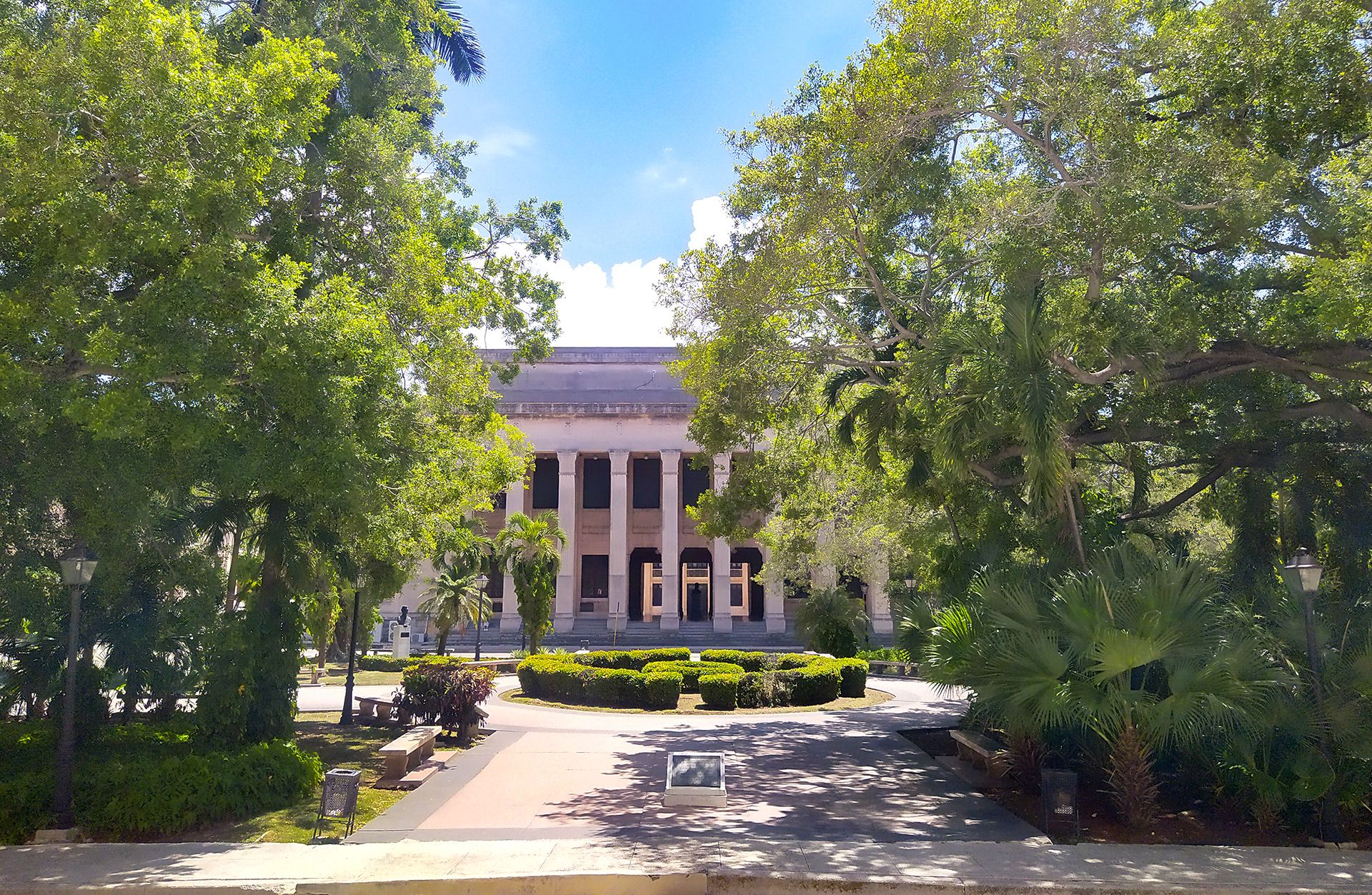
Around the square we have important buildings. The Rubén Martínez Villena Central Library, the oldest of its kind in Cuba, stands to the west of the square.
Alrededor de la plaza tenemos importantes edificios. La Biblioteca central Rubén Martínez Villena, la más antigua de su tipo en Cuba, se erige al oeste de la plaza.
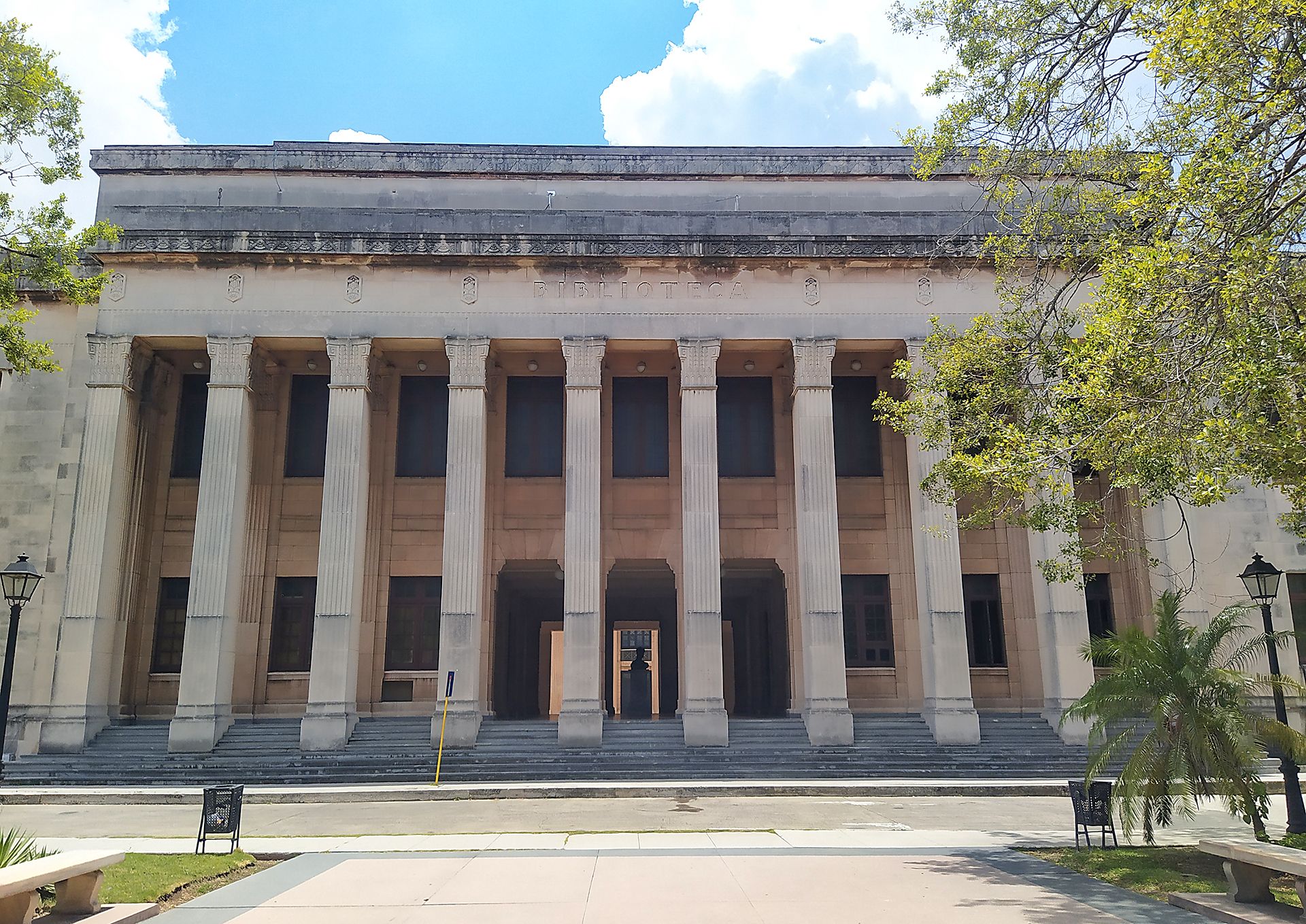
To the north we have the building also called Ignacio Agramonte, which houses the Law School (where I studied until 2002). It was completed in the late 1920s.
Al norte tenemos el edificio también llamado Ignacio Agramonte, que alberga la Facultad de Derecho (donde estudié hasta 2002). Fue terminado de construir a finales de la década de 1920.
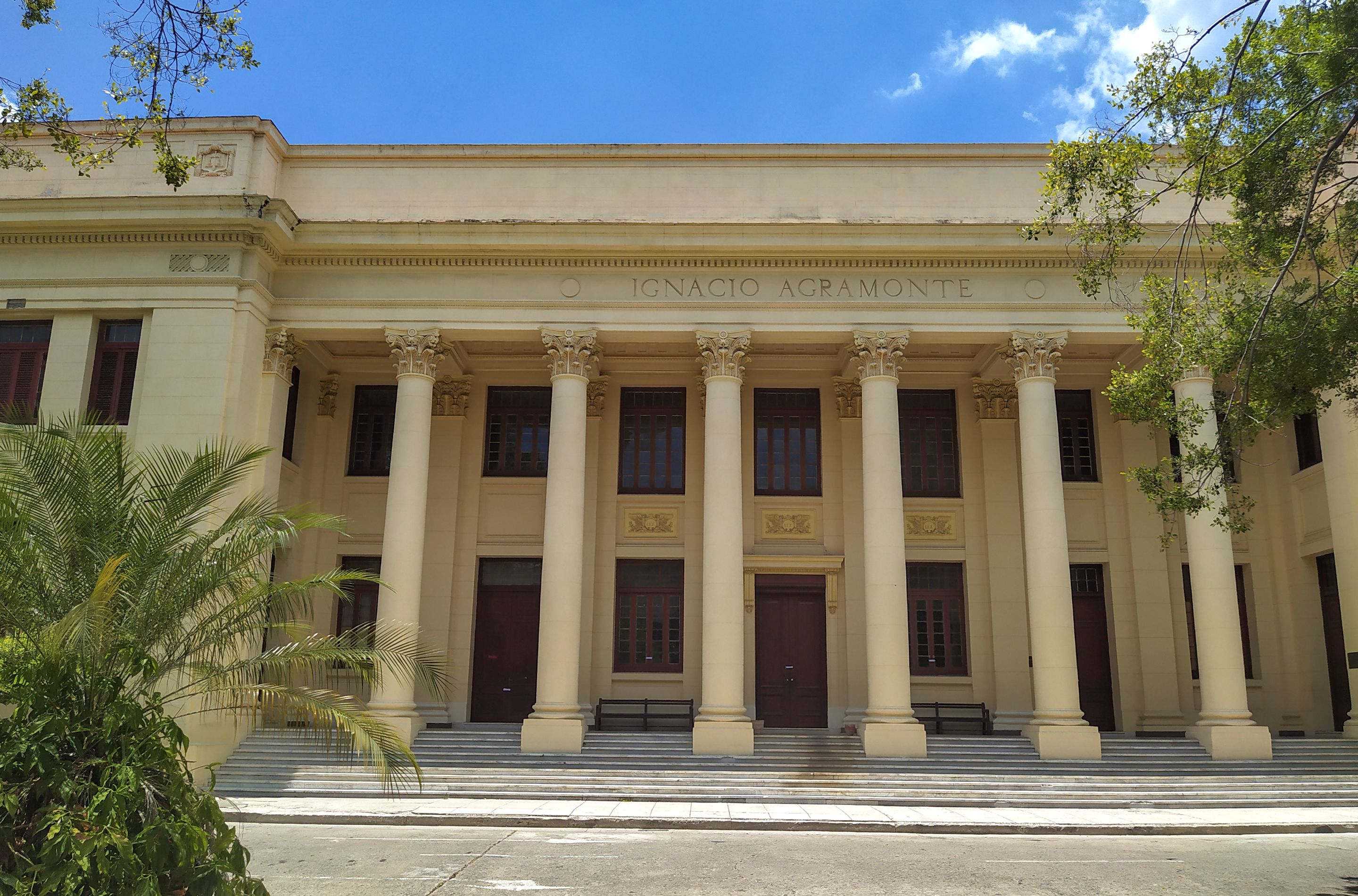
Located in front of the previous one, on the south side, is the former Faculty of Exact and Natural Sciences. Today its facilities house the Faculty of Mathematics and Computer Science (where my daughter will be studying starting in September). This beautiful neoclassical building is named Felipe Poey and has inside a monumental urn with the remains of the eminent scientist and professor whose name it bears.
Ubicado frente al anterior, al lado sur, se encuentra la otrora facultad de Ciencias Exactas y Naturales. Hoy en día sus instalaciones acogen la facultad de Matemática y Computación (donde estudiará mi hija a partir de septiembre). Esta bella edificación de estilo neoclásico se nombra Felipe Poey y posee en su interior una urna monumentaria con los restos del eminente científico y profesor del cual lleva su nombre.

At the back and left side of this faculty is the Garden of Fame, dedicated to outstanding figures of science. This place is called "affectionately" by students and workers as the garden of the Cabezones...the size of the heads of the sculptures is evidently the origin of this nice nickname.
En la parte posterior y lateral izquierda de esta facultad, se encuentra el Jardín de la Fama, dedicado a figuras destacadas de la ciencias. Este sitio es llamado de manera "cariñosa" por estudiantes y trabajadores como jardín de los Cabezones...el tamaño de las cabezas de las esculturas es evidentemente el origen de este simpático seudónimo.
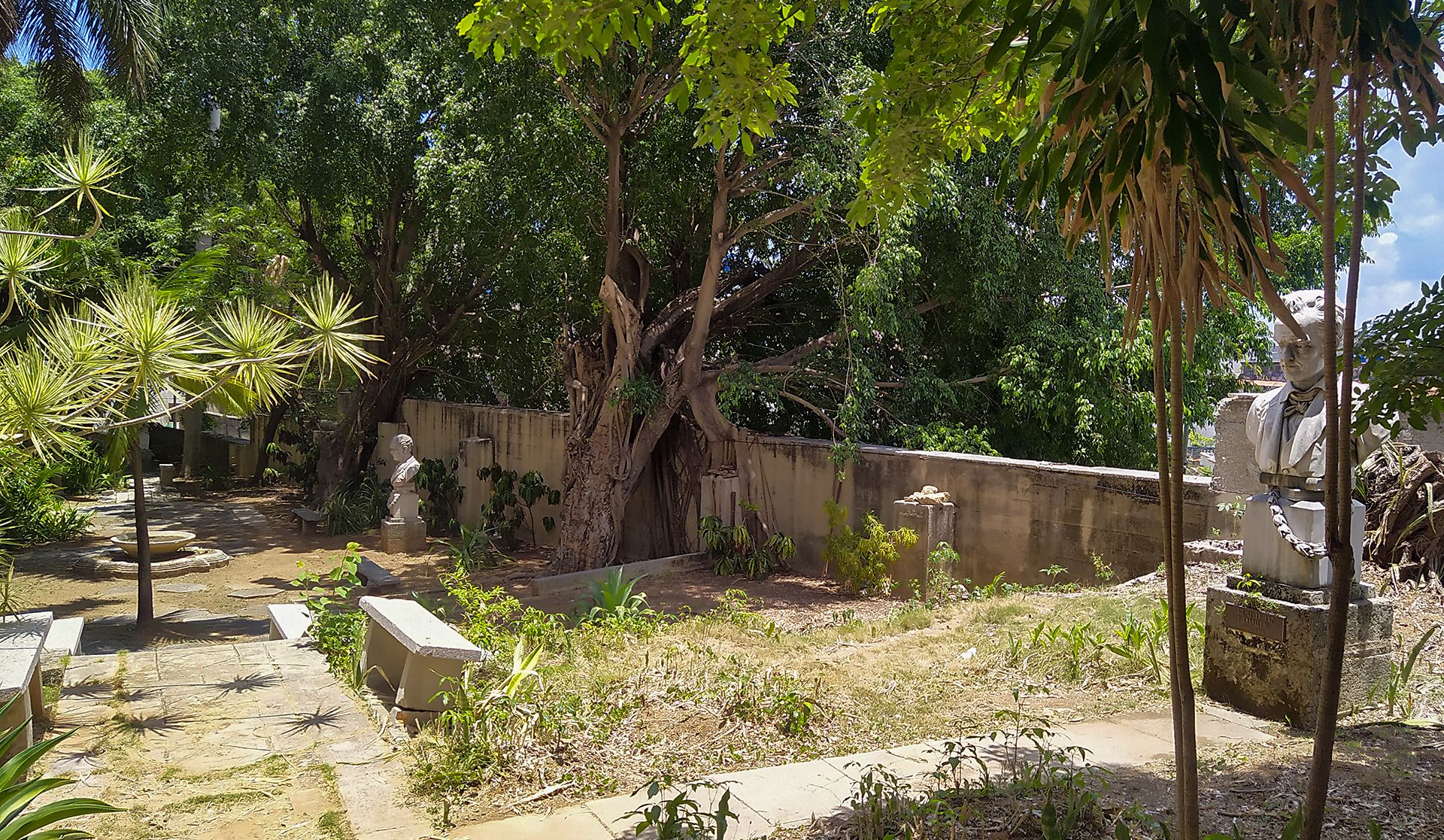
On the right side is the Varona building. It houses the Spanish faculty for non-Spanish speaking students. It is also the venue for conferences, scientific meetings and self-improvement activities. This is where the activity we were waiting for while I was taking these pictures would take place.
Al lado derecho está, el edificio Varona. Acoge la facultad de Español para estudiantes no hispano hablantes. Además es sede de conferencias, encuentros científicos y actividades de superación. En él se realizaría la actividad que estábamos esperando mientras tomaba estas imágenes.
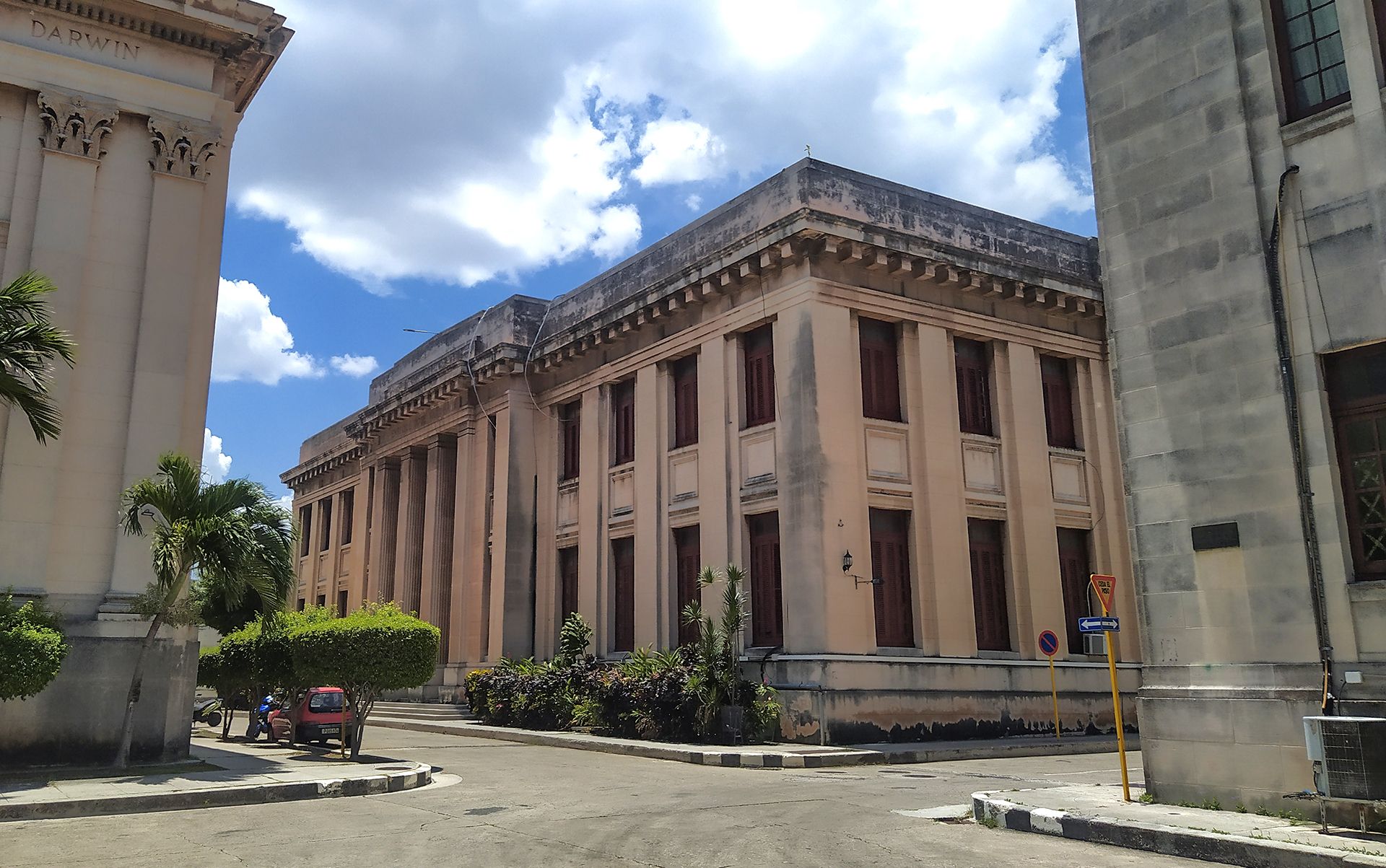
To the east of the plaza is the rectorate of this House of Higher Studies. Its columns are impressive, especially when you pass through them for the first time.
Al este de la plaza está el rectorado de esta Casa de Altos Estudios. Sus columnas son impresionantes, sobre todo cuando se traspasan por primera vez.
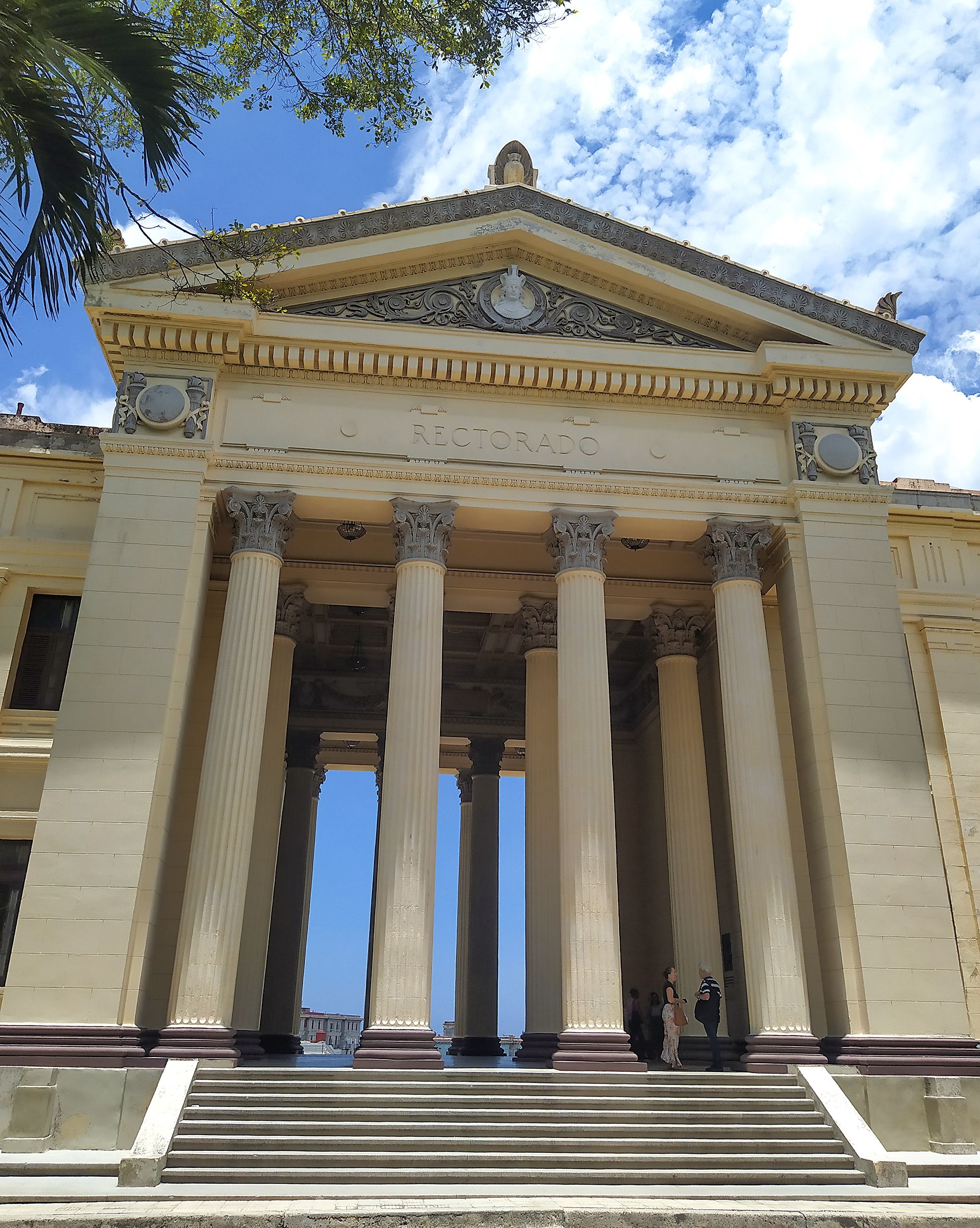
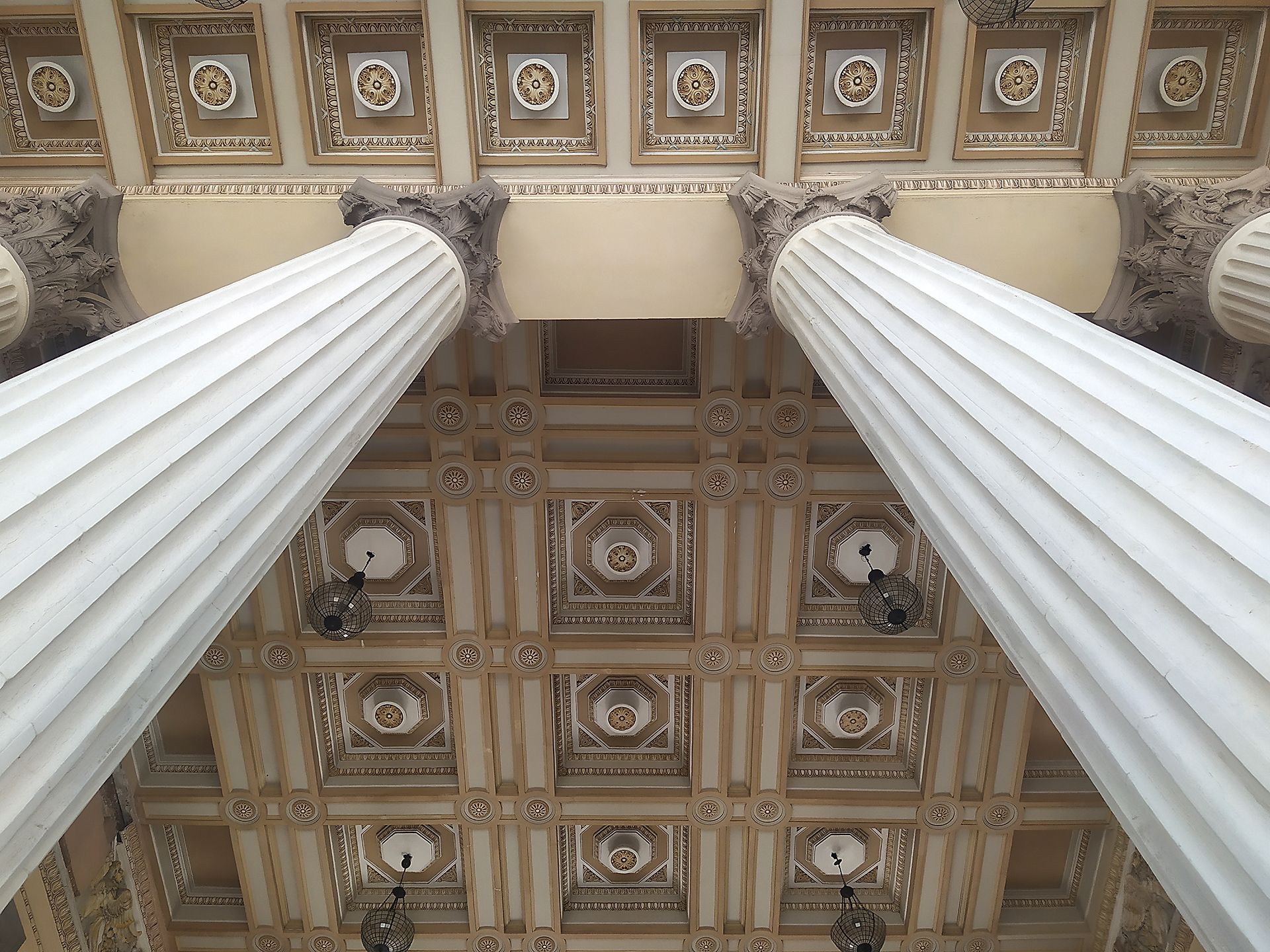
Leaving the interior of the campus we arrive at the imposing and beautiful sculpture of the Alma Mater, undisputed symbol of this University. It was made between 1919 and 1920 and in 1927 it was placed in the place where it is today, right at the top of the staircase. The 88 steps of this staircase, which extends from San Lázaro Street, are an icon of the urban landscape of this city and the site of countless historical and cultural events that have marked the reality of our people.
Saliendo del interior del campus llegamos a la imponente y bella escultura del Alma Mater, símbolo indiscutible de esta Universidad. Fue realizada entre 1919 y 1920 y en el 1927 emplazada en el lugar donde se encuentra hoy, justo en la parte superior de la escalinata. Los 88 peldaños de esta escalera, que se extiende desde la calle San Lázaro, son ícono del paisaje urbano de esta ciudad y plaza de innumerables acontecimientos históricos y culturales que han marcado la realidad de nuestro pueblo.
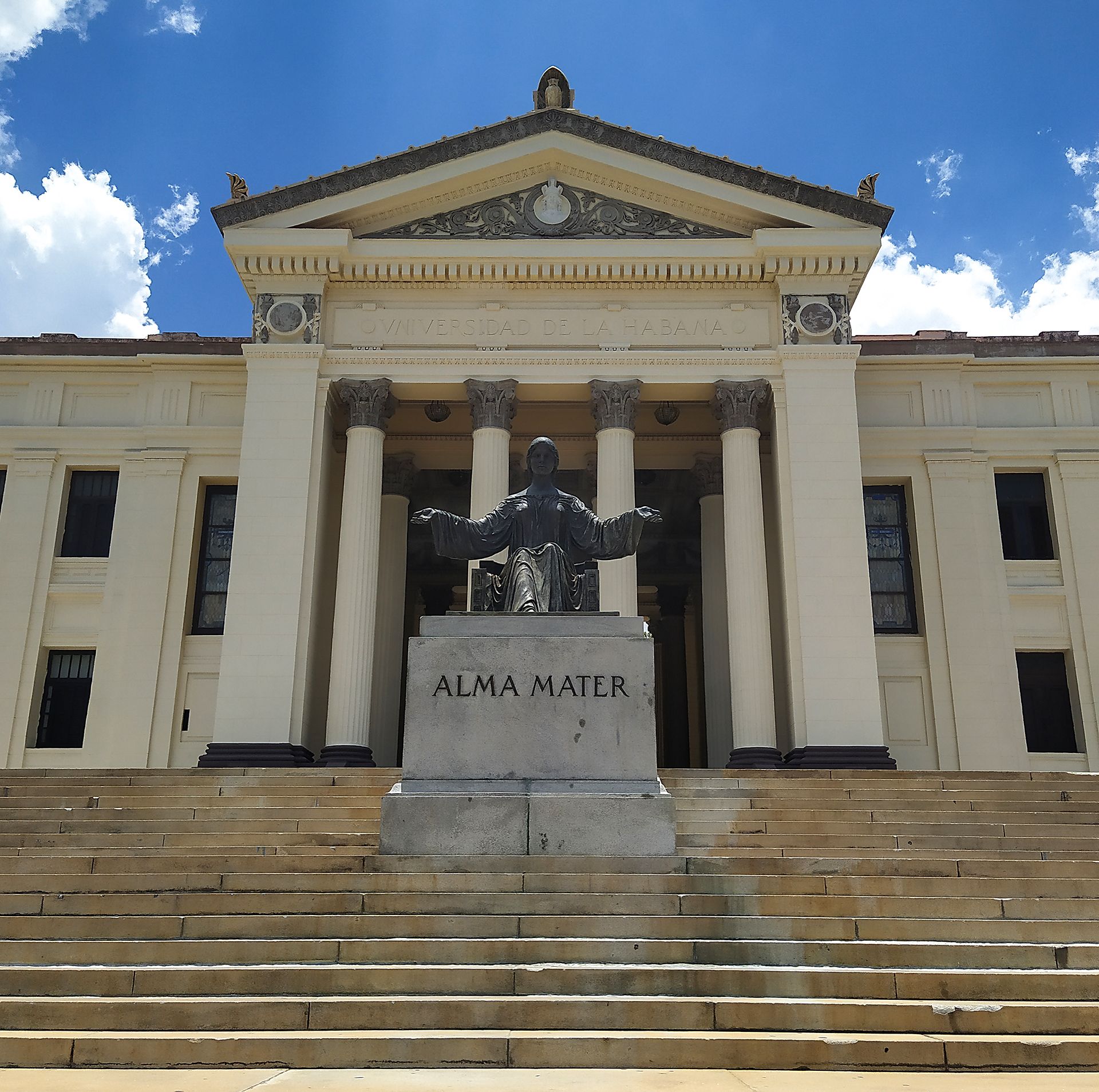
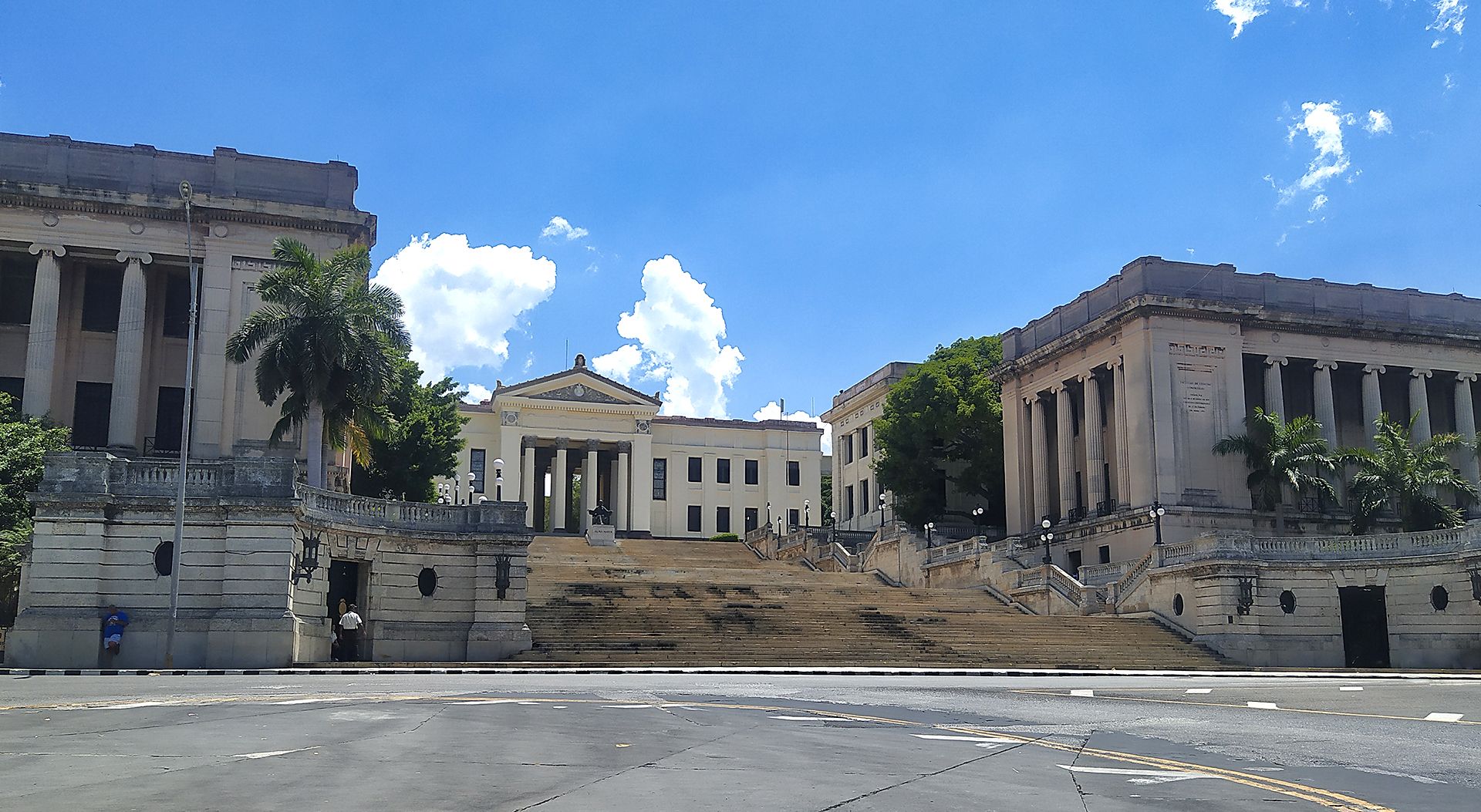
The buildings on both sides of the staircase were the last constructive works that were carried out to give the UH the appearance it has today. They house the faculties of Philosophy, History and Sociology and Pharmacy and Food.
Las edificaciones que se encuentran a ambos lados de la escalinata, fueron las últimas obras constructivas que se llevaron cabo para dar a la UH la apariencia que tiene hoy. Ellas acogen las facultades de Filosofía, Historia y Sociología y la de Farmacia y Alimentos.
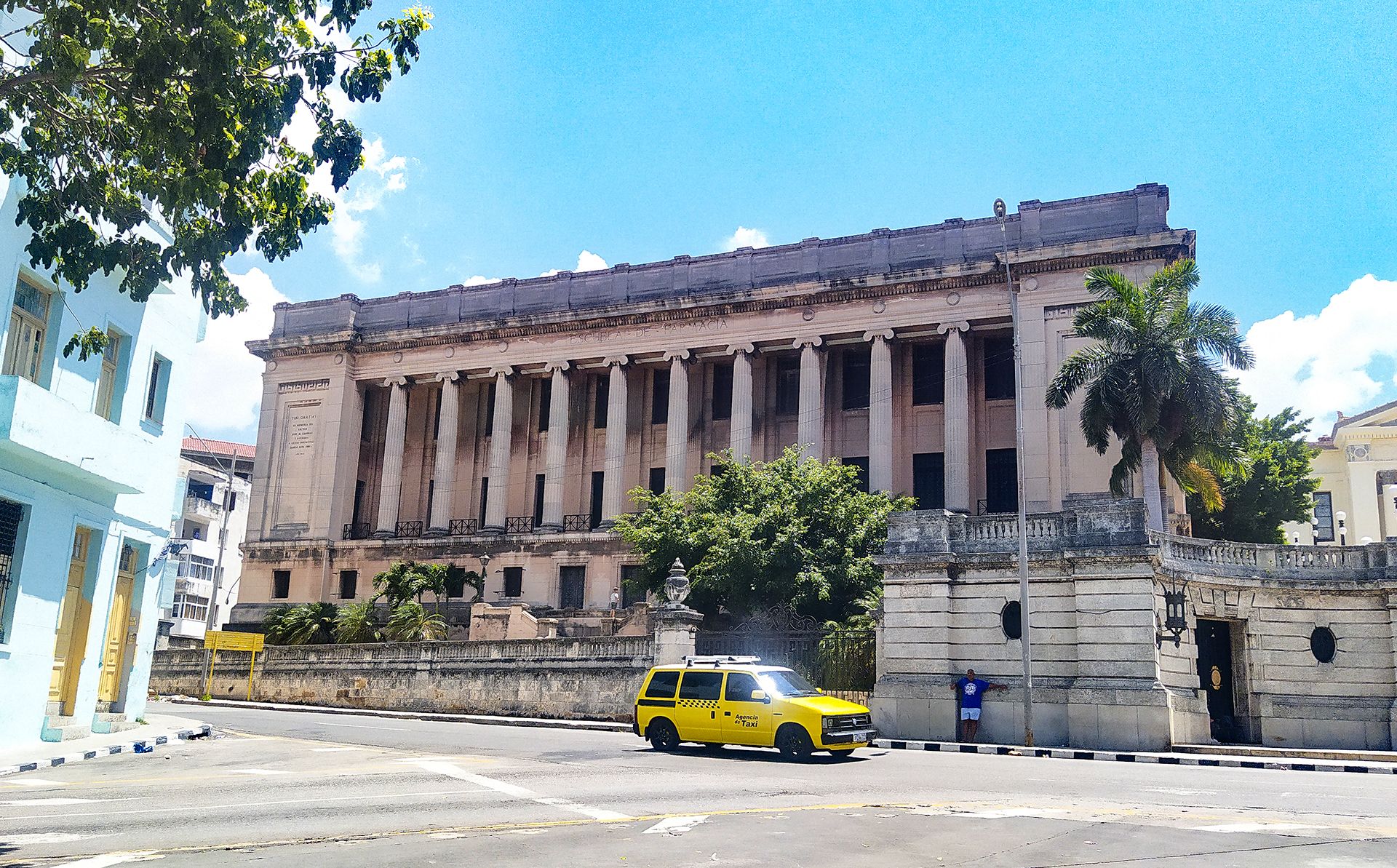

Finally, we have the Faculty of Physics. At its entrance is a life-size statue of the eminent scientist Albert Einstein. It was made by Cuban sculptor José Villa Soberón in 2024. It is a tribute to the Nobel Prize winner, who made a brief visit to our city in 1930.
Por último, tenemos la facultad de Física. En su entrada se encuentra una estatua de tamaño natural del eminente científico Albert Einstein. Fue realizada por el escultor cubano José Villa Soberón en 2024. Es un homenaje al Premio Nobel, quien hizo en 1930, una breve visita a nuestra ciudad.
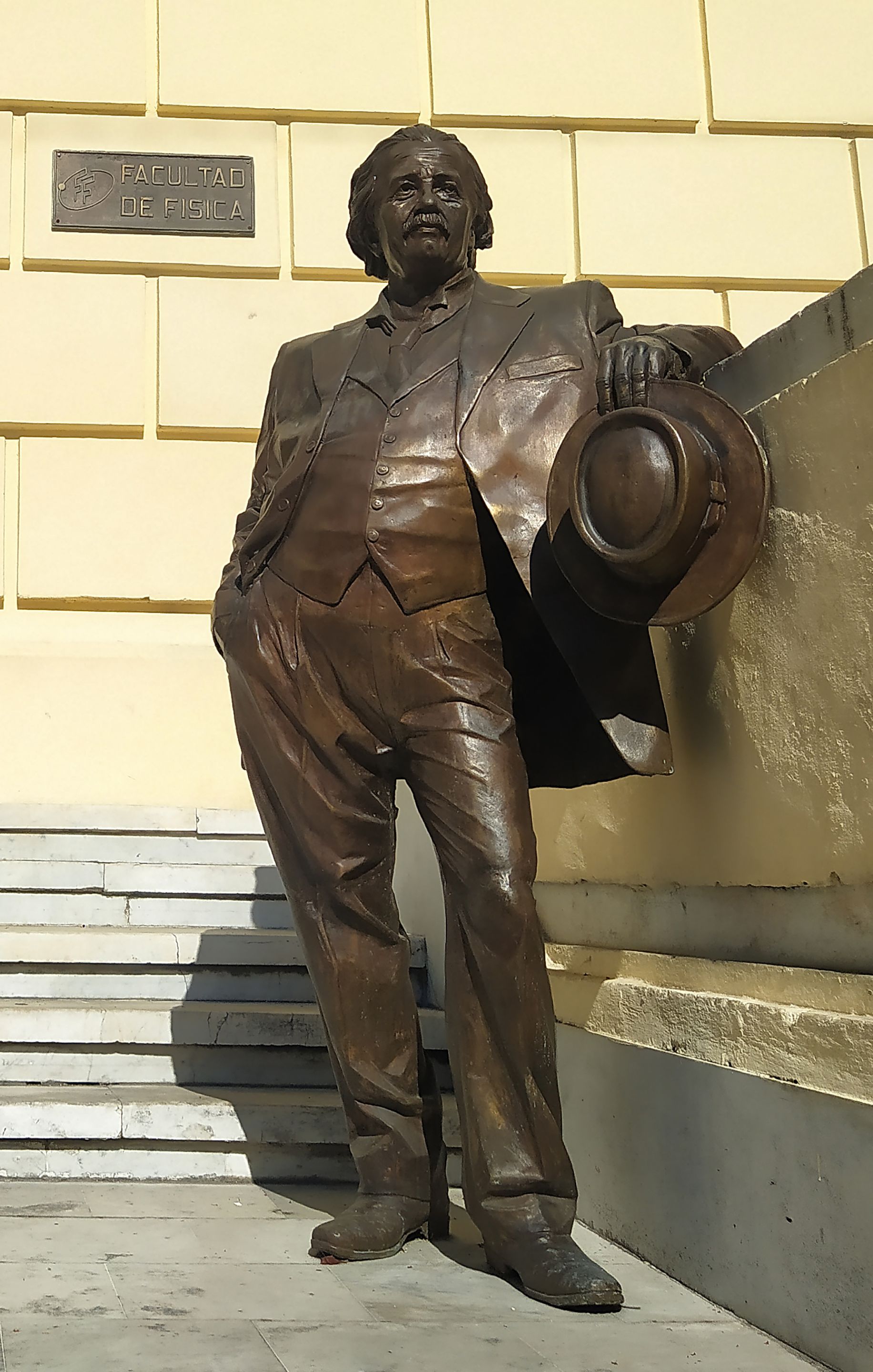
This is the end of this journey through the oldest University Campus in Cuba. I hope you enjoyed it.
Así culmina este periplo por el Campus Universitario más antiguo de Cuba. Espero lo hayan disfrutado.
All rights reserved on the text and images, which are of my authorship unless otherwise indicated. I use DeepL for translation because my English is very bad 🤭.
Derecho reservado sobre el texto y las imágenes, que son de mi autoría a no ser que indique lo contrario. Uso DeepL para la traducción porque mi Inglés es muy malo 🤭.
([//]:# (!worldmappin 23.13684 lat -82.38151 long Campus Universidad de la Habana d3scr)